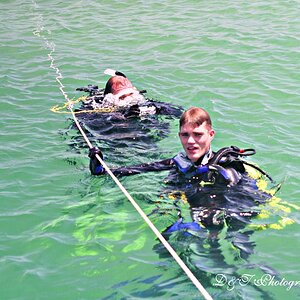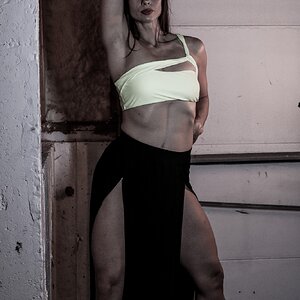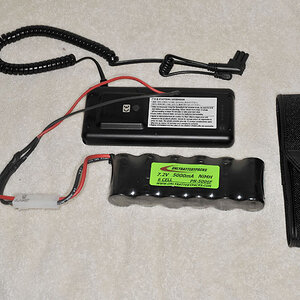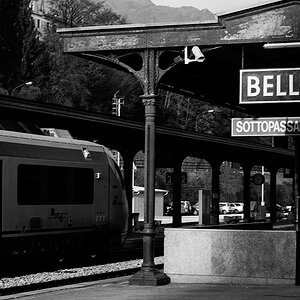chris.paget
TPF Noob!
- Joined
- May 29, 2012
- Messages
- 7
- Reaction score
- 0
Hello all,
I've recently purchased a t3i, and have been using it while touring Japan this summer. I'm relatively new to DSLR photography and the operations of the camera. I've noticed that in many of the daytime outdoor pictures I've taken, there is little definition in the sky and that it basically appears very pale, bright, almost white. "Washed out" would maybe be the best term. It's almost as if the entire picture is a little too bright/washed out/exposed, including the buildings and landscapes (possibly due to the brightness of the sky?).
I have recently equipped a circular polarizing filter, but the problem continued on some pictures, although the skies were bluer and not overcast on this particular day (clouds being a common thing this time of year in Japan). Are there any adjustments I should make within the camera that might affect brightness or contrast? Would this be an issue with exposure time being too long? Or are there other filters/gear that might help?
Thanks!
I've recently purchased a t3i, and have been using it while touring Japan this summer. I'm relatively new to DSLR photography and the operations of the camera. I've noticed that in many of the daytime outdoor pictures I've taken, there is little definition in the sky and that it basically appears very pale, bright, almost white. "Washed out" would maybe be the best term. It's almost as if the entire picture is a little too bright/washed out/exposed, including the buildings and landscapes (possibly due to the brightness of the sky?).
I have recently equipped a circular polarizing filter, but the problem continued on some pictures, although the skies were bluer and not overcast on this particular day (clouds being a common thing this time of year in Japan). Are there any adjustments I should make within the camera that might affect brightness or contrast? Would this be an issue with exposure time being too long? Or are there other filters/gear that might help?
Thanks!









![[No title]](/data/xfmg/thumbnail/34/34687-f643984276d5d6af7e697542a2e81c23.jpg?1619736603)


![[No title]](/data/xfmg/thumbnail/36/36603-a830ccec573081105d6aafcccc650605.jpg?1619737642)





